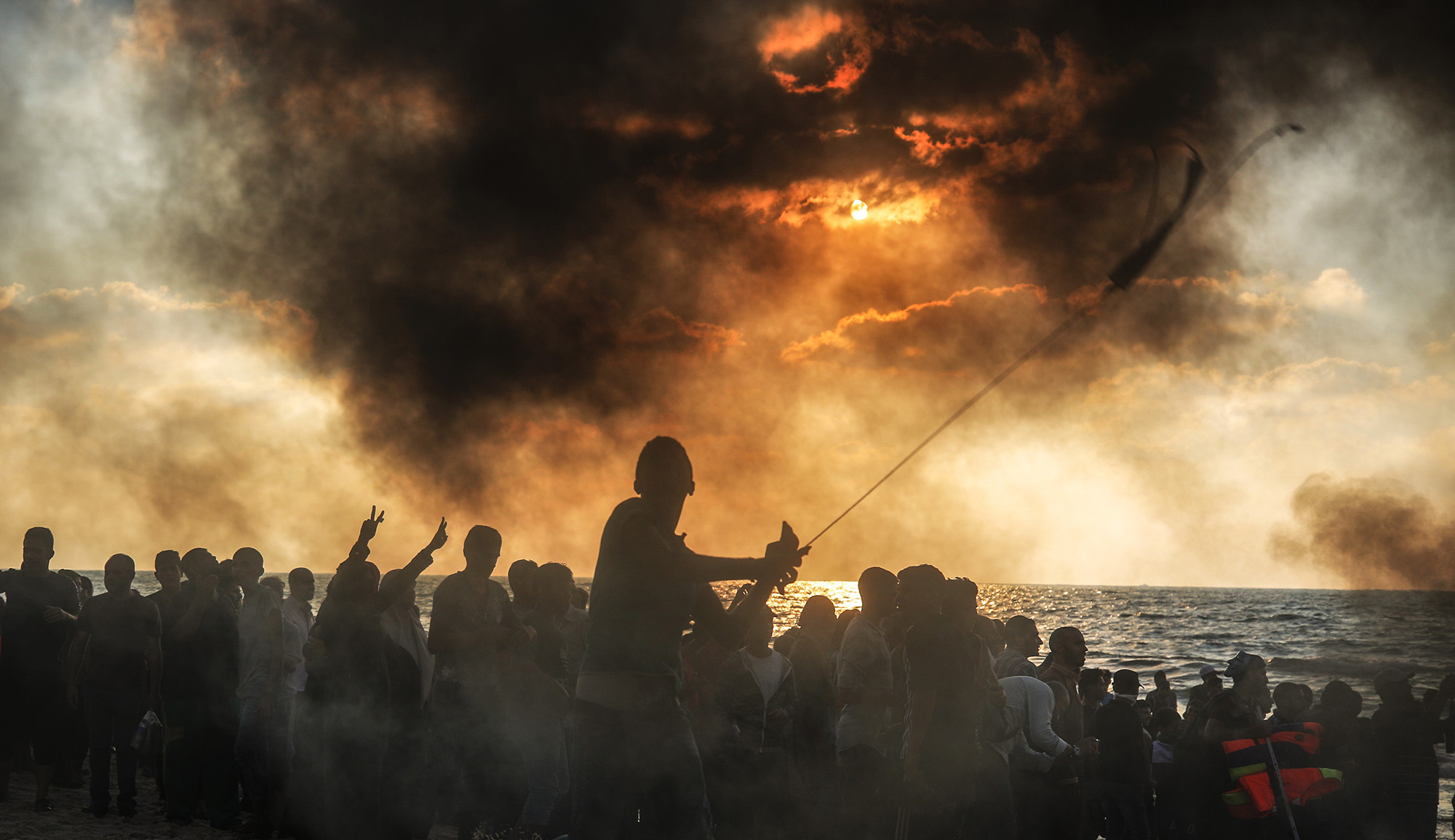Set in a fictional analogue of 16th-century Italy (on a planet with two moons), the Canadian novelist Guy Gavriel Kay’s All the Seas of the World gives much attention to religion. Or at least, it gives much attention to the relations among members of three predominant faiths, which correspond to Judaism, Christianity, and Islam—except that the only substantive difference is which astronomical bodies the adherents revere. Michael Weingrad writes in his review:
Rather than religious civilizations engaged with fundamental human questions through theology and philosophy, mysticism and ethics, devotion and practice, we get a caricature of religion as a kind of team sport, where your mascot (sun, stars, or moon) determines whom you cheer for. There is nothing necessarily wrong with a fantasy writer imagining a world in which religions are silly contrivances. Yet Kay seems to want to engage real history, while this conceit makes the past into something merely unfortunate.
So extreme is this indifference to the substance of religious civilization that it extends even to the overtly supernatural elements in the novel. In two instances (that turn out to be largely unimportant to the plot), Kay’s characters encounter supernatural phenomena. . . . But neither phenomenon is referred by any character to their religious traditions; it’s just stuff that happens. When [the “Christian” heroine] Lenia says that she and [the Kindath, i.e., Jewish] Rafel don’t believe in miracles, she really means it—even when they happen to her
But Rafel’s Jewishness—Kindathness—most resembles a contemporary North American Jewish ethnic identity formed by a measure of family loyalty and guilt, and a degree of historical awareness, but nothing so thick as practice, belief, community. Rafel lives on the margins of Kindath community, but so do most all of Kay’s Kindath characters in these novels, at least in terms of culture and mentality.
Read more at Investigations and Fantasies
More about: Fantasy, Israeli literature, Religion


